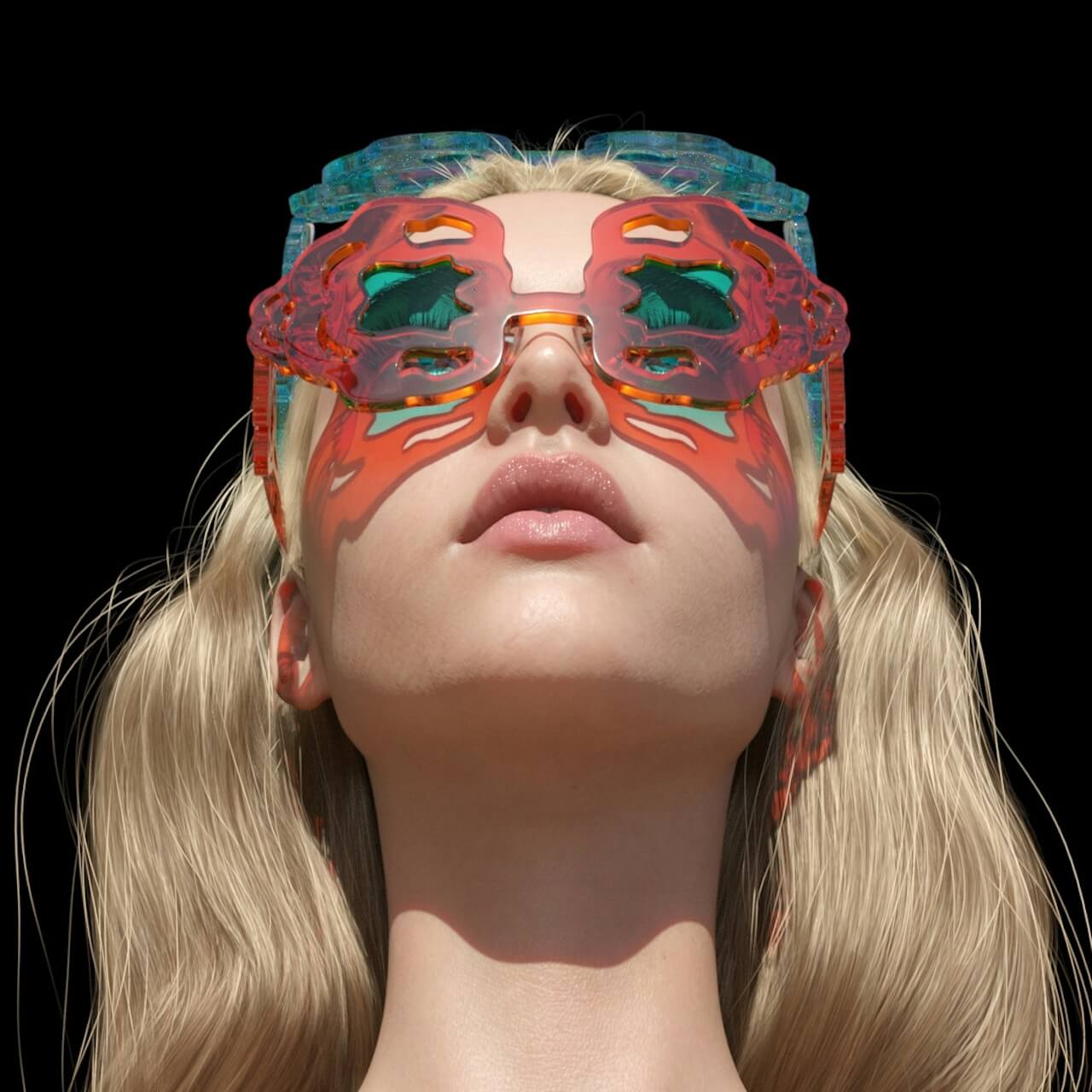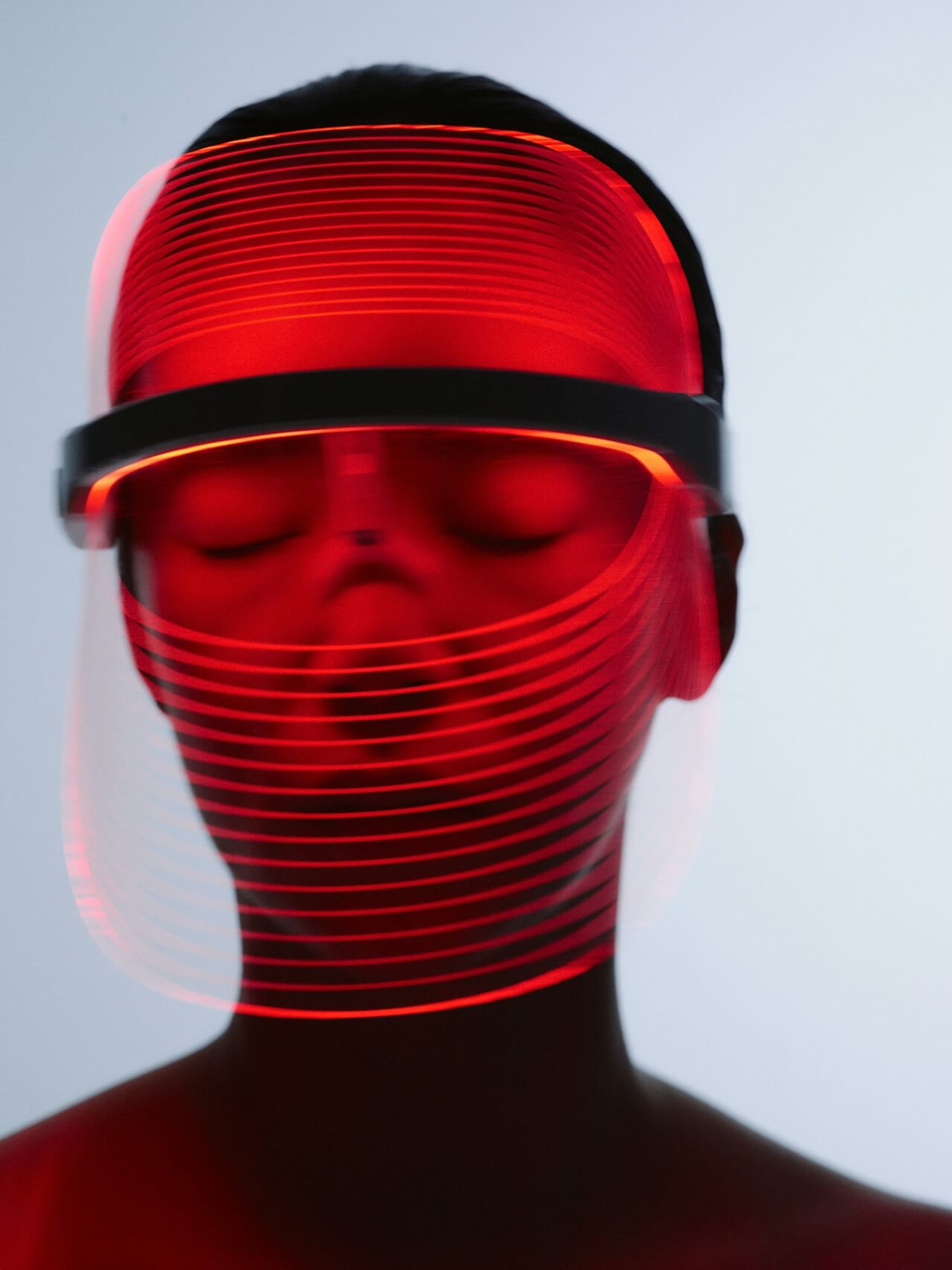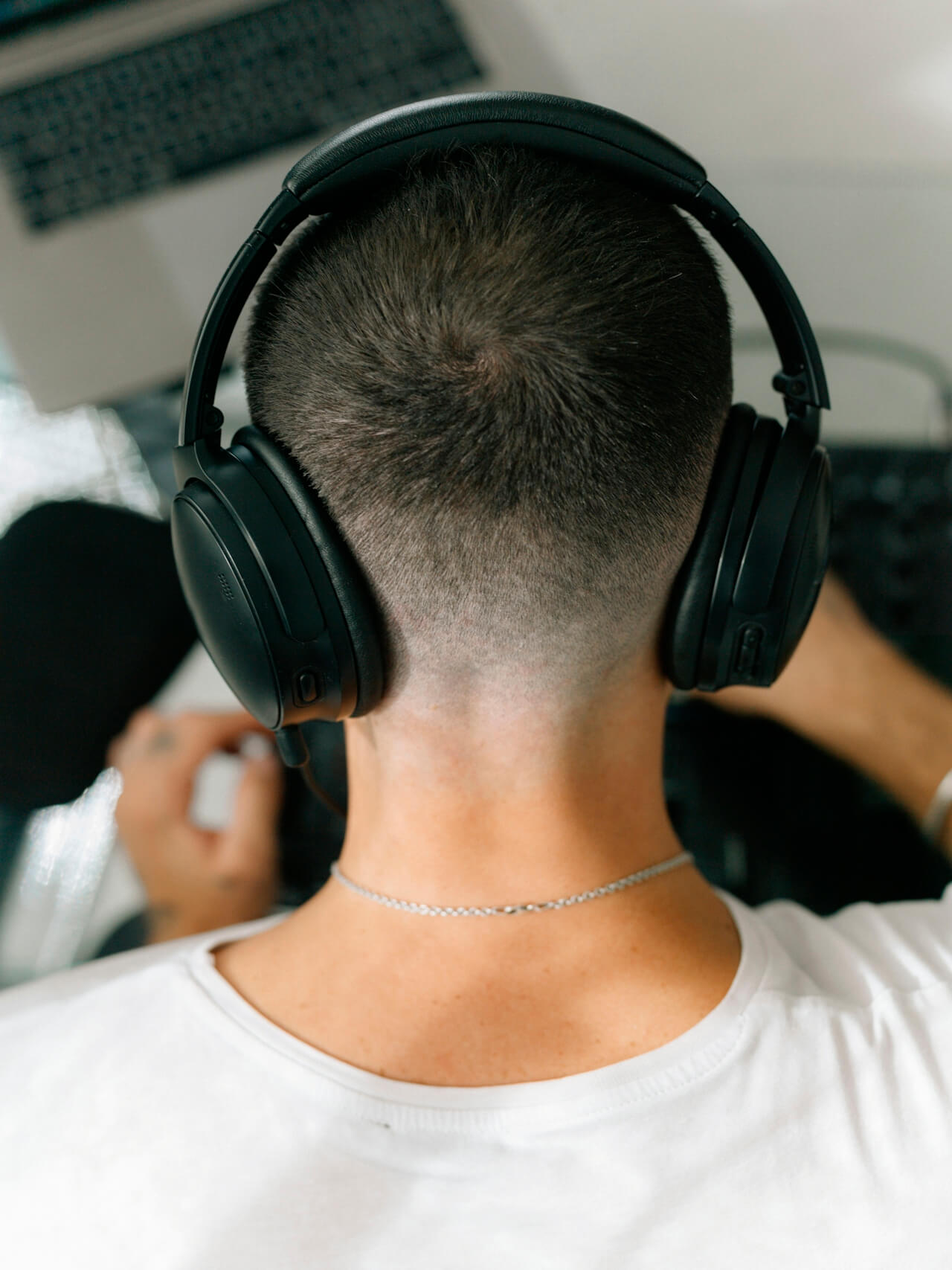Static logos served brands well for decades when primary touchpoints were print advertisements, business cards, and physical signage. But modern brands exist primarily in digital environments where motion is not just possible but expected. Websites feature animated elements, social media feeds scroll endlessly with video content, and product interfaces respond dynamically to user interaction. In this context, logo animation transforms from optional flourish into strategic brand asset.
A logo animation agency specializes in translating static brand marks into dynamic expressions that capture attention, communicate personality, and create memorable impressions in motion-dominated digital environments. These animations range from subtle micro-animations enhancing website experiences to bold sequences introducing video content or serving as signature brand moments in advertising.
Understanding what makes logo animation strategically valuable rather than purely decorative, when investment makes sense, and how professional agencies approach motion design helps businesses evaluate whether animated logos serve their specific contexts and audiences. Not every brand needs extensive logo animation, but dismissing motion entirely means missing opportunities to enhance brand expression in environments where audiences increasingly expect dynamic experiences.
Strategic Value Beyond Visual Polish
Before examining how logo animations are created, understanding why they matter for business outcomes helps distinguish strategic motion design from superficial decoration that adds complexity without proportional value.
Attention capture in crowded digital environments represents primary strategic benefit. Static logos blend into backgrounds on busy social feeds, websites, or video content. Motion catches eye immediately through movement that human vision prioritizes detecting. Even subtle animation differentiates your brand from static competitors in attention-competitive contexts.
Brand personality communication happens more richly through motion than static design alone. Timing, easing, and movement character convey qualities difficult to express statically. Quick snappy animations feel energetic and modern. Slow deliberate sequences communicate sophistication and intentionality. Playful bouncing conveys approachability. These motion characteristics extend brand personality beyond what static marks alone can communicate.
Premium perception signals through production quality and sophistication. Professional logo animation demonstrates attention to detail and investment in brand excellence. This premium impression matters particularly for brands positioning at higher price points where every touchpoint must reinforce quality perception. Amateur or absent motion can make otherwise professional brands feel less sophisticated than competitors investing in dynamic expression.
Memorability increases through distinctive motion sequences that create unique brand moments. Customers might remember how your logo animates more readily than static appearance alone. This motion memory becomes brand asset creating recognition when customers encounter animation in different contexts. Distinctive animated signatures build equity over time through repetition.
Versatility across digital touchpoints makes animated logos valuable assets serving many purposes. Website loading animations, video intro sequences, social media content signatures, email headers, presentation opens, and product interface elements all benefit from cohesive animated brand expressions. Single animation system serves multiple applications maximizing investment value.
Technical credibility particularly for technology brands comes from demonstrating comfort with motion and digital expression. Software companies, apps, digital services, and technology products benefit from brands feeling native to digital environments. Static-only brand presence feels dated when category competitors embrace motion as brand language.
User experience enhancement through thoughtful micro-animations improves how customers experience your digital products. Loading states, success confirmations, transitions between screens, and interactive feedback all become opportunities for subtle brand expression through motion. These functional animations serve usability while reinforcing brand consistently.
Common Logo Animation Types and Applications
Understanding different animation approaches and where they're used helps clarify what types of motion design might serve your specific needs versus investing in animation you won't actually use.
Full logo reveals animate logo appearing from nothing or transforming from abstract elements into final mark. These sequences typically run two to five seconds establishing brand at video content beginnings or website loading states. Full reveals work well for video intros, presentation opens, or bold brand statements requiring dramatic impact.
Micro-animations provide subtle motion when logos appear or interact with users. Simple fades, slight scaling, gentle rotation, or element sequencing lasting one to two seconds add polish without overwhelming. Micro-animations work perfectly for website headers, hover states, or any context where logo presence shouldn't dominate but motion adds refinement.
Loop animations create continuous motion useful for loading states, holding screens, or ambient brand presence. These seamless loops might show subtle breathing effects, rotating elements, or gentle pulsing maintaining visual interest during waits or idle states. Loops serve functional purposes while expressing brand through motion character.
Interactive animations respond to user actions like hovering, clicking, or scrolling. Logos might reveal progressively as users scroll, respond to mouse position, or transform based on interface states. Interactive motion creates engaging experiences while demonstrating technical sophistication appropriate for digital-native brands.
Stinger animations provide quick brand signatures punctuating content transitions or marking brand moments. These one to two second sequences work for social media content, podcast intro/outros, or any context requiring quick impactful brand presence without extended animation sequences.
Exploded or deconstructed animations show logo elements separating, rearranging, or transforming, often revealing construction or meaning. These conceptual approaches work well when you want animation to communicate story or demonstrate logo's component parts. They're more elaborate and suited for hero applications rather than everyday usage.
Transformation animations show logo morphing between variations, perhaps from icon to full wordmark or between different product logos in suite. These transitions help audiences understand brand architecture or show relationship between elements. Transformations work when you need to communicate brand system relationships.
Seasonal or campaign variations adapt core animation for specific contexts while maintaining recognizable brand motion language. Holiday versions, campaign-specific treatments, or contextual variations extend animation system's utility while preserving consistent motion personality.
How Professional Agencies Approach Logo Animation
Understanding production process helps set realistic expectations about timeline, involvement required, and how agencies progress from concepts through final deliverables.
Motion design brief development establishes objectives, contexts where animation will be used, technical requirements, and desired personality. Agencies need to understand whether animation serves primarily functional loading states, bold video intros, or subtle micro-interactions. This context fundamentally shapes appropriate approaches.
Concept development explores different motion directions through styleframes, storyboards, or rough animation tests. Professional agencies typically present two to three conceptual approaches demonstrating different motion personalities and techniques. These explorations help align on direction before investing in full animation refinement.
Timing and easing experimentation determines animation character through motion qualities. Linear motion feels mechanical. Eased motion with acceleration and deceleration feels natural and sophisticated. Bouncy easing communicates playfulness. Slow elegant timing conveys luxury. Agencies experiment finding motion personality matching brand.
Technical specification ensures animations work in required contexts and formats. Web animations have different technical constraints than video renders. Interactive animations require different approaches than simple playback sequences. Professional agencies specify formats, file types, frame rates, and implementations matching actual usage requirements.
Sound design consideration adds audio dimension when appropriate. Some contexts like video intros benefit from subtle sound accompanying visual animation. Other applications like website micro-animations should remain silent. Agencies coordinate sound design when audio enhances motion impact.
Revision and refinement cycles improve timing, transitions, and details through iterative feedback. Initial animations provide direction but rarely nail every detail immediately. Expect two to three refinement rounds progressively perfecting motion quality, timing precision, and technical execution.
File delivery and implementation support provides animations in all required formats with technical guidance for developers or video editors implementing work. Deliverables might include video renders, JSON/Lottie files for web implementation, After Effects source files for future editing, and implementation documentation ensuring correct usage.
Guidelines integration extends static brand guidelines with motion principles, timing specifications, and usage examples ensuring consistent animated brand expression as usage expands. Motion guidelines prevent animated logo fragmentation as different people create motion content.
Technical Considerations and Format Requirements
Understanding technical dimensions of logo animation helps you specify requirements appropriately and ensures deliverables work in intended contexts.
File format selection depends on usage context and technical environment. Video formats (MP4, MOV) work for video editing but create large files for web. JSON/Lottie formats enable lightweight web animations. GIF format provides simple compatibility but limited quality. SVG with CSS animation offers web-native solutions. Professional agencies recommend appropriate formats for your specific needs.
Resolution and scalability requirements ensure animations work across applications from small mobile screens to large displays. Vector-based approaches scale infinitely maintaining quality. Raster animations require sufficient resolution for largest intended usage. Specify where animations will appear so agencies can optimize accordingly.
File size optimization matters critically for web performance. Beautiful animations that load slowly or consume excessive bandwidth undermine user experience. Professional web animation targets file sizes under few hundred kilobytes maintaining acceptable visual quality while ensuring fast loading. This optimization requires technical expertise balancing quality against performance.
Frame rate specifications affect motion smoothness and file size. Video typically runs at 24 or 30 frames per second. Web animations might use 60fps for ultra-smooth motion or reduce to 15-24fps for performance. Higher frame rates create smoother motion but larger files. Context determines appropriate frame rate targeting.
Browser and device compatibility ensures animations work across platforms users actually use. Some animation technologies work beautifully in modern browsers but fail in older versions or specific devices. Testing across target platforms prevents animations that wow in demos but fail in production.
Implementation requirements for interactive or programmatic animations specify how animations should be triggered and controlled. Should animation play on page load, user scroll, or button click? Can users pause or skip? These interaction specifications guide technical implementation approach.
Accessibility considerations ensure animations don't create problems for users with motion sensitivity, screen readers, or other accessibility needs. Providing reduced-motion alternatives, ensuring content remains accessible with animations disabled, and avoiding seizure-inducing effects reflect professional motion design practice.
Investment Levels and Pricing
Understanding what logo animation costs helps budget appropriately and evaluate whether quoted fees represent fair value for deliverables provided.
Basic micro-animations for web usage typically cost one thousand to five thousand dollars depending on complexity and number of variations. Simple fade-ins, gentle scaling, or element sequencing at lower end. More complex interactive animations or multiple variations at higher end. These lightweight animations serve everyday website applications affordably.
Full logo reveal animations for video content typically range from three thousand to fifteen thousand dollars. Simple reveals with straightforward motion at lower pricing. Complex sequences with sophisticated transitions, multiple elements, and refined timing at premium pricing. These hero animations serve video intros, presentations, and bold brand statements.
Comprehensive animation systems including multiple variations for different contexts range from eight thousand to thirty thousand dollars. Complete systems might include full reveal, micro-animation, loop animation, and stinger variations all sharing consistent motion language. This investment creates cohesive animated brand toolkit serving diverse needs.
Custom illustration or 3D animation incorporating logo into elaborate sequences costs fifteen thousand to fifty thousand or more. These premium animations go beyond animating existing logos to creating illustrated or dimensional environments where logos exist. Appropriate for special campaigns, brand launches, or hero applications justifying significant investment.
Sound design when included adds one thousand to five thousand depending on complexity. Simple motion sound effects at lower end. Custom music composition and sound design at premium pricing. Most everyday logo animations don't require sound, but video applications often benefit from audio dimension.
Implementation support varies from included technical consultation to separate development fees. Some agencies provide animation files with basic implementation guidance. Others offer turnkey implementation including actual coding for web integration. Clarify what's included versus additional when comparing proposals.
Ongoing animation evolution or seasonal variations require additional budget beyond initial development. Creating holiday versions, campaign adaptations, or progressive animation expansion costs incrementally but maintains animated brand presence feeling fresh and contextually appropriate.
When Logo Animation Makes Strategic Sense
Not every brand needs animated logos. Understanding circumstances justifying investment helps make informed decisions about whether motion design serves your specific context.
Video-heavy content strategies where brand appears frequently in video content justify animated intro/outro sequences. If you're producing regular video content, animated logo signatures create professional polish and consistent brand presence across content library. Single animation serves hundreds of videos over time, amortizing investment effectively.
Digital-first brands operating primarily in apps, software, or online environments benefit from motion feeling native to digital contexts. Technology companies, SaaS products, digital services, and app-based businesses should consider logo animation as natural extension of digital brand expression.
Competitive differentiation in categories where most competitors maintain static-only presence creates opportunity for distinction through motion. If your category remains predominantly static while you embrace professional animation, this motion leadership differentiates immediately in digital contexts.
Premium positioning strategies benefit from production sophistication signaling quality and attention to detail. Brands charging premium prices should consider whether static-only presence undermines premium perception when category leaders embrace motion.
Rebranding or major brand refresh provides natural opportunity to introduce animation alongside updated visual identity. When rebuilding brand systems, extending into motion makes sense as part of comprehensive modernization rather than separate subsequent investment.
Social media and digital advertising focus where content competes for attention in feeds justifies motion helping brand content stand out. Animated brand signatures in social content, display advertising, or digital campaigns capture attention more effectively than static alternatives.
However, early-stage startups with limited budgets should prioritize foundational branding over animation. Ensure you have solid strategy, professional static identity, and quality website before investing in motion. Resource-constrained businesses should defer animation until core brand foundations are strong and budget allows enhancement rather than forcing animation prematurely at expense of fundamentals.
Creating Animations In-House Versus Agency
Understanding when professional agency expertise justifies investment versus when internal or freelance approaches suffice helps allocate resources appropriately.
Motion design expertise requirements are substantial. Professional logo animation requires understanding timing, easing, composition, technical optimization, and software proficiency in tools like After Effects, Cinema 4D, or code-based animation. Few organizations maintain these capabilities internally unless producing significant motion content regularly.
Software and tools investment for professional motion design includes Adobe After Effects, Cinema 4D, animation plugins, and rendering capabilities costing thousands annually in licensing and hardware. Agencies amortize these costs across many projects. Individual companies rarely justify investment for occasional animation needs.
Time investment from learning motion design to producing professional results measures in months or years for people without existing skills. Motion design is specialized discipline requiring dedicated practice developing sophisticated capabilities. Agencies bring established expertise avoiding costly learning curves.
Quality and sophistication differences between amateur and professional work are substantial and immediately visible. Timing, easing, transitions, and refinement that distinguish excellent from adequate motion require experience and skill. Professional agencies deliver polish that DIY approaches rarely match.
However, simple web micro-animations using CSS or JavaScript might be implementable by skilled web developers without specialized motion design agencies. Basic fades, slides, or scaling animations can be coded directly by technical teams comfortable with web animation libraries.
Freelance motion designers provide middle-ground option between full agency engagement and complete DIY. Individual specialists often deliver excellent work at lower costs than agencies while providing professional expertise internal teams lack. This works well for straightforward projects with clear requirements.
Template or tool-based approaches using platforms like Lottie, Jitter, or specialized animation tools enable creating acceptable animations with less expertise than traditional motion design requires. These democratized tools suit simple needs when professional custom work exceeds budget or requirements.
Logo animation represents strategic evolution of brand expression for digital-first business environments. Professional motion design extends brand personality, captures attention, and creates distinctive moments in contexts where audiences increasingly expect dynamic experiences. While not every business needs animated logos immediately, dismissing motion entirely means missing opportunities to enhance brand presence in environments where most customer interactions now occur.
Want to build a powerful startup brand? Get a free quote from Metabrand.










